Destination Diamonds: Discovering the Beauty and Travel Tips for Visiting Namibia
Rich in marine diamonds, Namibia is a sparkling travel destination for an adventurous safari, discovering dramatic desert scenery, intriguing wildlife and fascinating cultural traditions.
When visiting Namibia you’ll find it has many rare qualities. It harbors fascinating creatures, uniquely adapted to survive in arid conditions. It’s home to distinctive and diverse rural cultures. And it has beautiful national parks and reserves – wild, earthy places where, come nightfall, it feels natural to keep the window blinds open, falling asleep by starlight and waking to a dazzling dawn.
But perhaps Namibia’s most precious blessing is the luxury of space. With crisp, clear air and a thinly-scattered population, this is a land of immense horizons and tremendous skies. Visitors can explore it from every angle: touring by 4WD and discovering the wilderness on a guided hike or mountain bike ride, perhaps, or drifting over the undulating sands by hot air balloon.
Read More: Destination Diamonds: Discover Tips for Visiting South Africa
What to See and Do on a Trip to Namibia
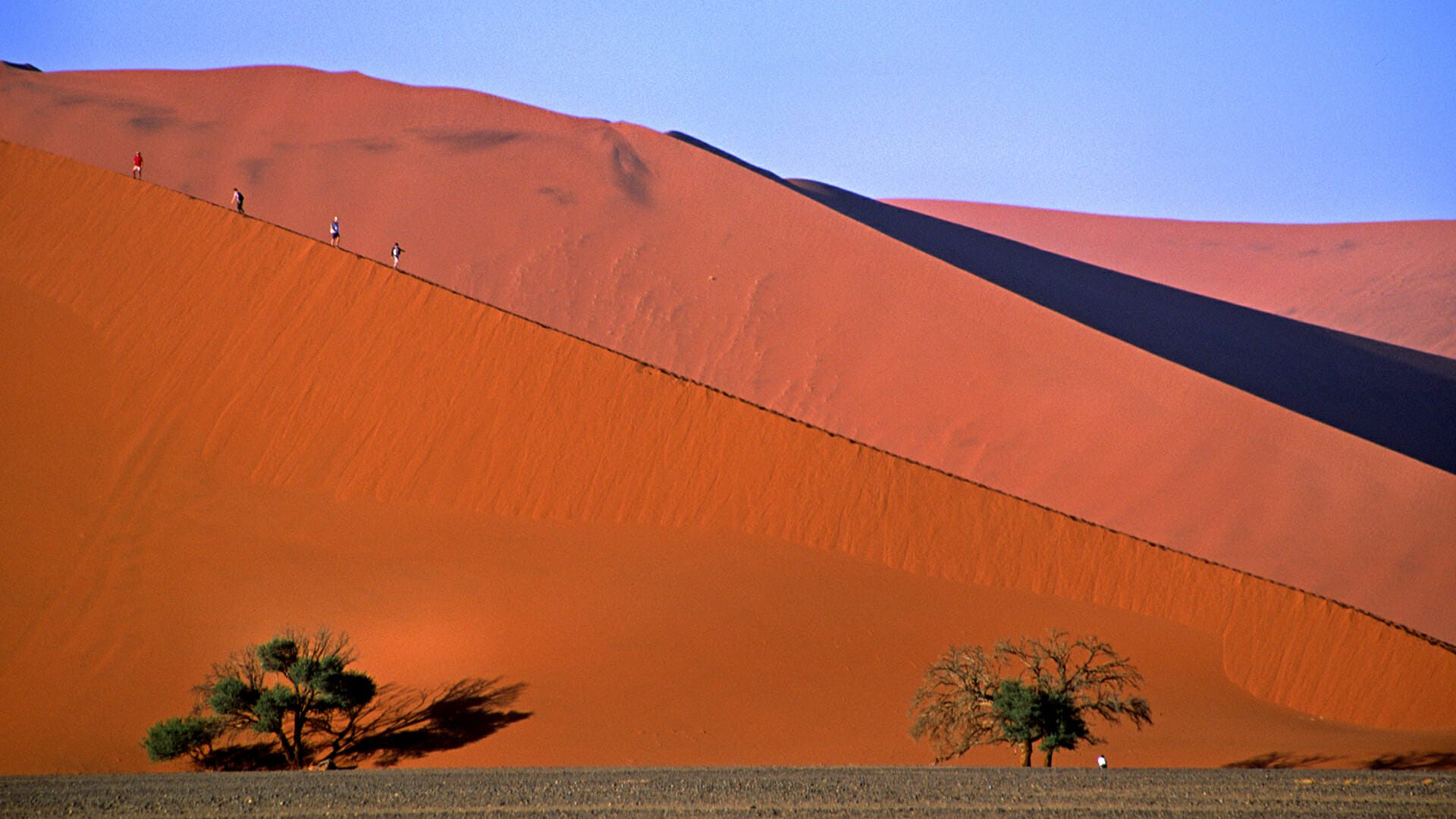
Perfect for a 4WD road trip – either in your own rented vehicle, or with a driver/guide – visiting Namibia suits those who love the outdoors. Taking each day as it comes, you could focus on adventure activities, wildlife-watching and cultural encounters, or simply enjoy the spectacular scenery and fine hospitality.
Wildlife-Watching in Etosha and the Remote Northwest

During the dry season, vast numbers of thirsty herbivores including elephants, rhinos and giraffes gather near the waterholes in Etosha Pan, the dazzling salt flats that dominate Etosha National Park. Thanks in no small part to the variety of species you can see in a single afternoon, this is easily one of the world’s finest wildlife-watching destinations.
Closer to the Atlantic, the wildlife drama continues. In Kunene and Erongo, desert-adapted elephants mine the dry river beds for water, while lions prey on the antelopes that venture in to graze. Free-roaming black rhinos – one of Namibia’s conservation success stories – thrive in this remote region, and can be tracked with a specialist guide. Namibia is home to a third of the world’s black rhinos, a critically endangered species, and ecotourism plays a crucial role in their protection.
Classic Desert Adventures in Namib-Naukluft and the Namib Desert
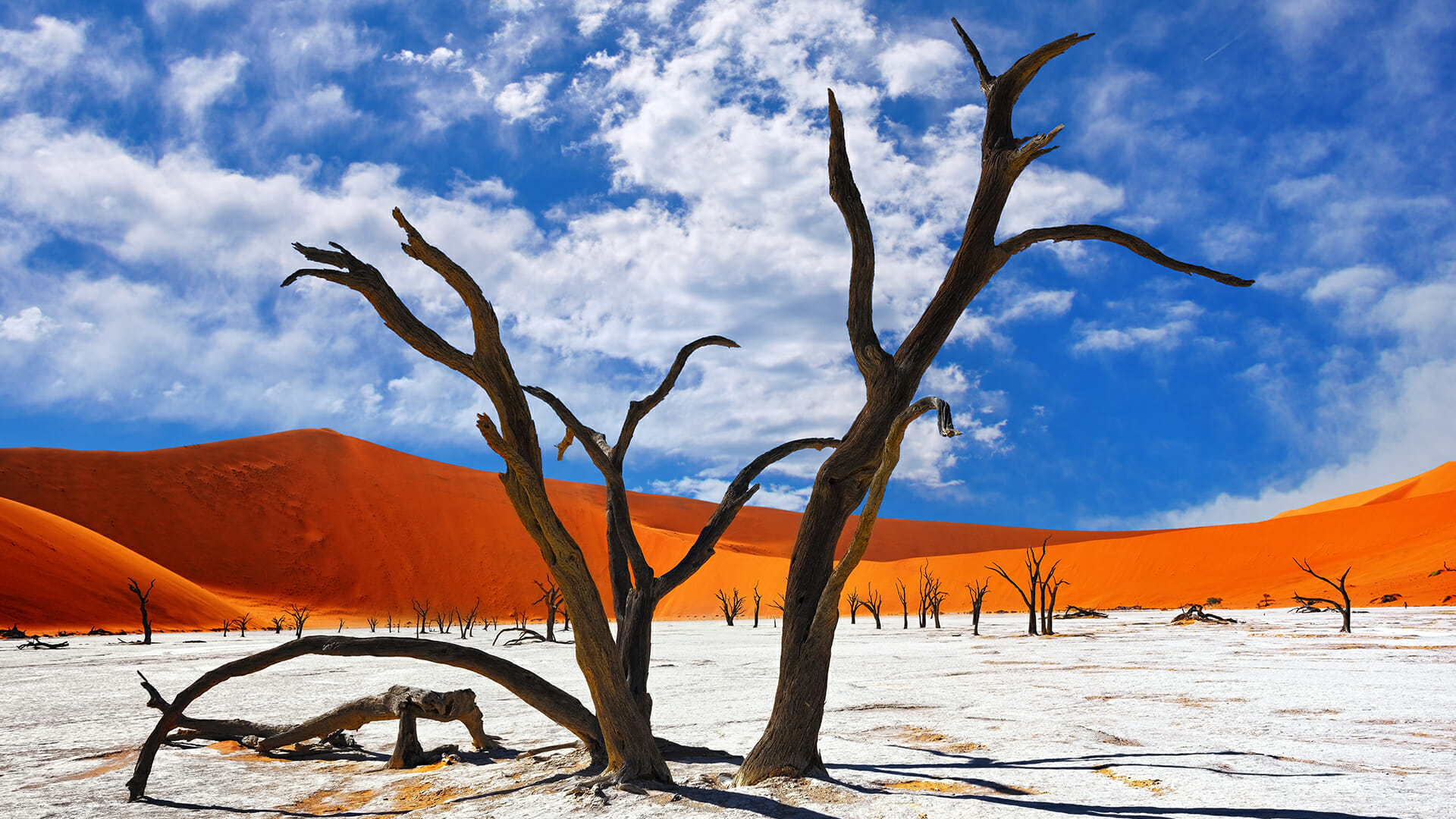
You’ll recognize the Namib-Naukluft Park the moment you arrive – Sossusvlei’s mighty dunes and Dead Vlei’s sculptural skeleton trees have been photographed time and time again. This is a many-hued landscape, swathed in ochre, gold and apricot sands; to appreciate it at its most serene, treat yourself to a hot air balloon flight at dawn.
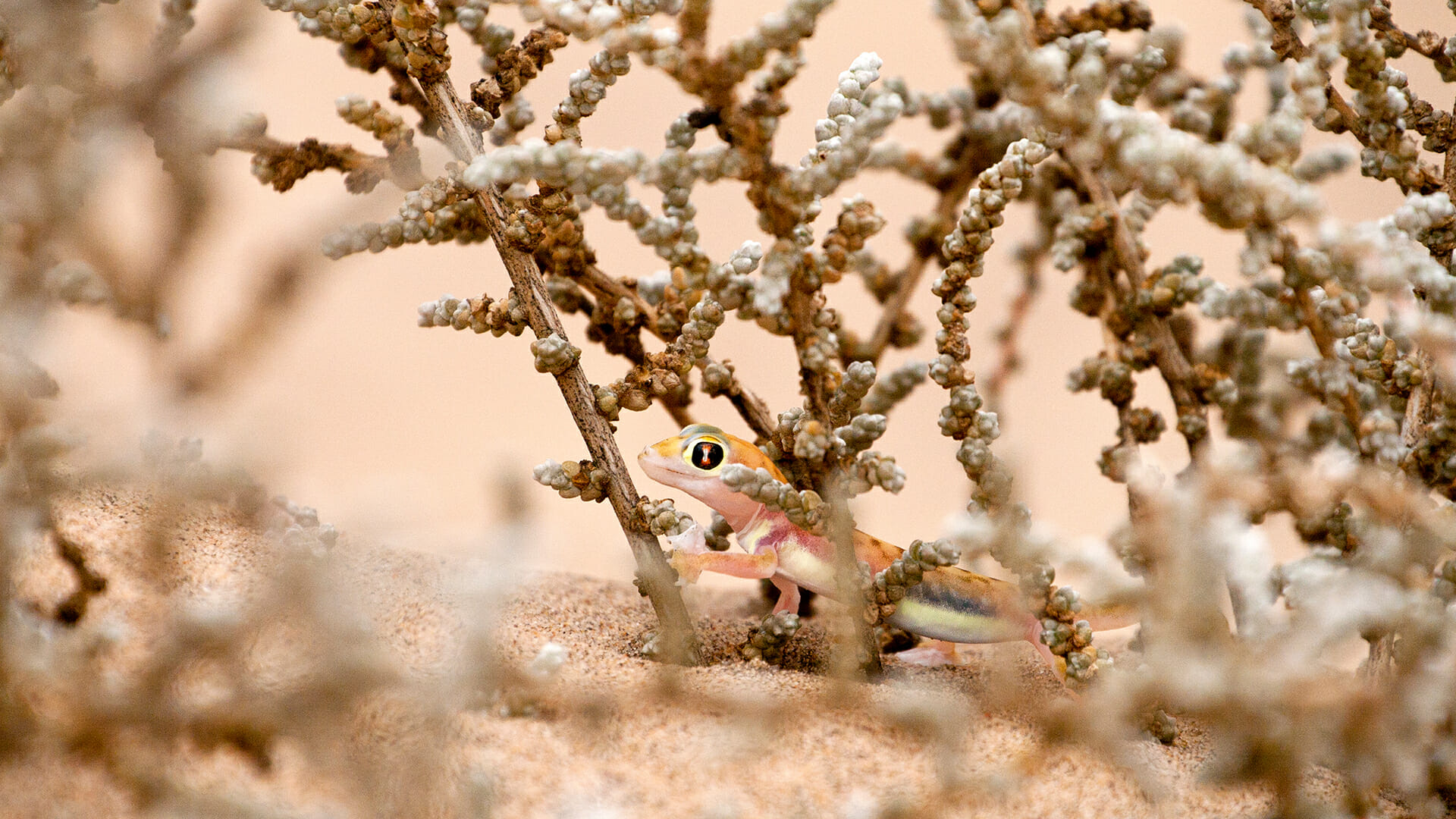
The coastal towns of Swakopmund and Walvis Bay invite you to step things up a notch – roaring into Dorob National Park on a 4×4 adventure, perhaps, pausing to watch flamingos, jackals and jewel-like Namib dune geckos, or screeching down a dune on a sandboard.
Learning About Rural Life on Community-Managed Cultural Experiences
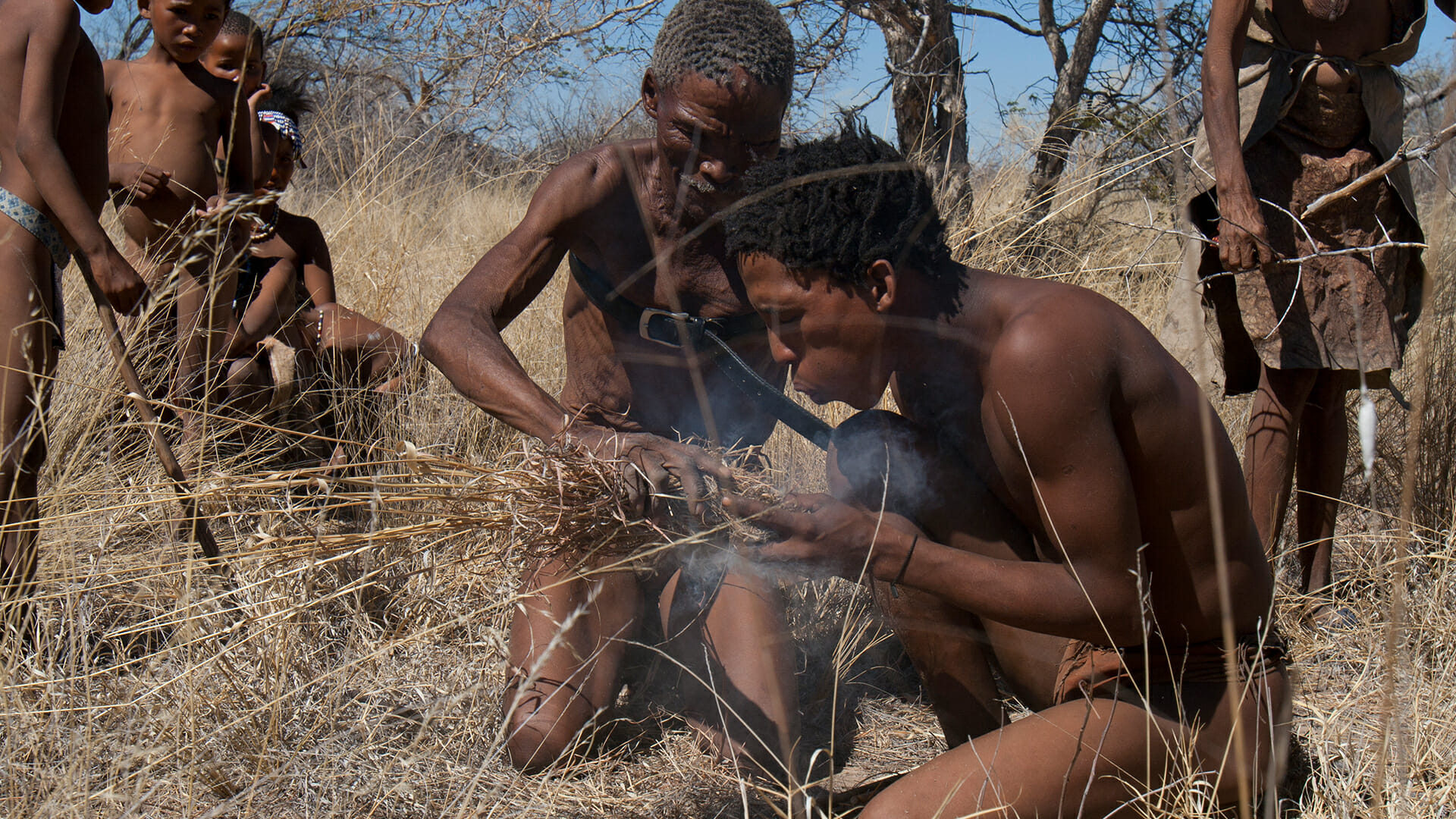
English is Namibia’s official language, but only three percent of Namibians consider it their first language. At home and with friends and colleagues, they’re far more likely to speak Oshiwambo, Nama, Afrikaans or one of a dozen or so other regional languages.
Those visiting Namibia can learn about the country’s various ethnic groups at Namibia’s Living Museums, a network of community-run cultural centers where performers demonstrate and share heritage skills such as arrow-making, weaving and traditional medicine. These centers have been instrumental in helping semi-nomadic groups such as the Himba, Mbunza, Mafwe and Damara cement and celebrate their cultural identity in an era of urbanization.
In the northeast, a group of Ju/’hoansi (San Bushmen) based in the town of Tsumkwe offer guided bushwalks in Nyae Nyae Conservancy, an arid expanse of Kalahari scrubland in former Bushmanland. Dressed in the style of their hunter-gatherer ancestors, they offer bushlore tips and survival techniques along the way: finding water-rich tubers, for example, identifiying edible berries and, crucially, starting a fire without matches.
Visiting Namibia’s Diamond Country
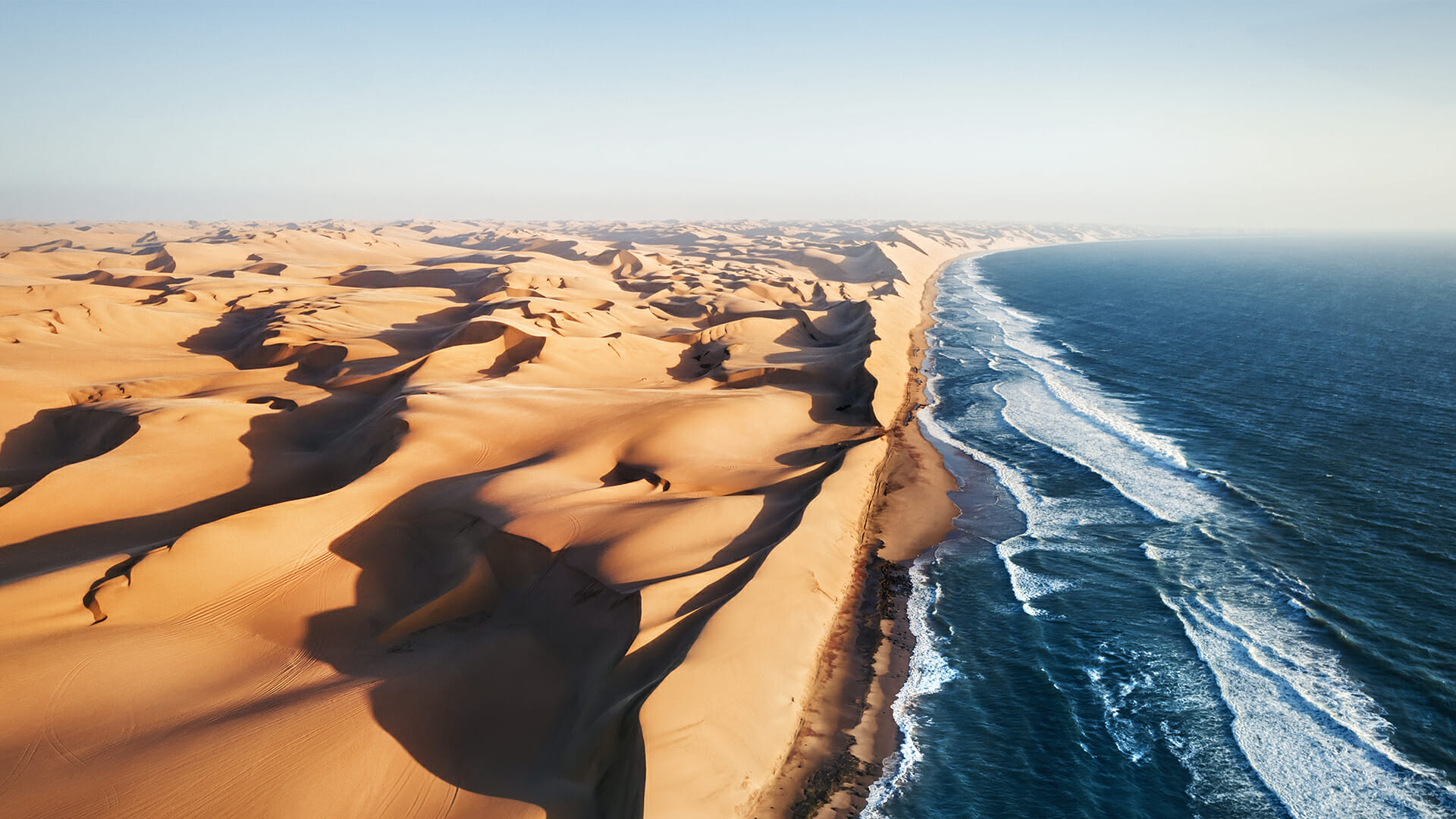
Baked by the sun, cooled by the ocean currents that sweep northward from the Cape and watered by rivers that may only flow once a year, Namibia harbors some of the world’s oldest dunes, salt pans and gullies. Many are rich in minerals, including diamonds.
Today, most of Namibia’s diamonds are mined offshore: it has the richest known marine diamond deposits in the world. Two million years ago, tides carried these precious gems westward along the Orange River and up to the northern coastline of the country.
The old diamond mining town of Kolmanskop, near Lüderitz, offers a fascinating glimpse of the past. It was in 1908 that diamonds were first discovered in this part of the Namib Desert, by a railroad worker. The town is currently undergoing restoration, partly thanks to investments made by the Debmarine-Namdeb Foundation, which strives to leave a lasting diamond legacy in Namibia by partnering with local communities on sustainability-related projects and initiatives. Local tour operator Ghost Town Tours provides visitors with valuable insights into Kolmanskop’s history and diamond mining today. A percentage of the fee for each tour goes towards the restoration program.
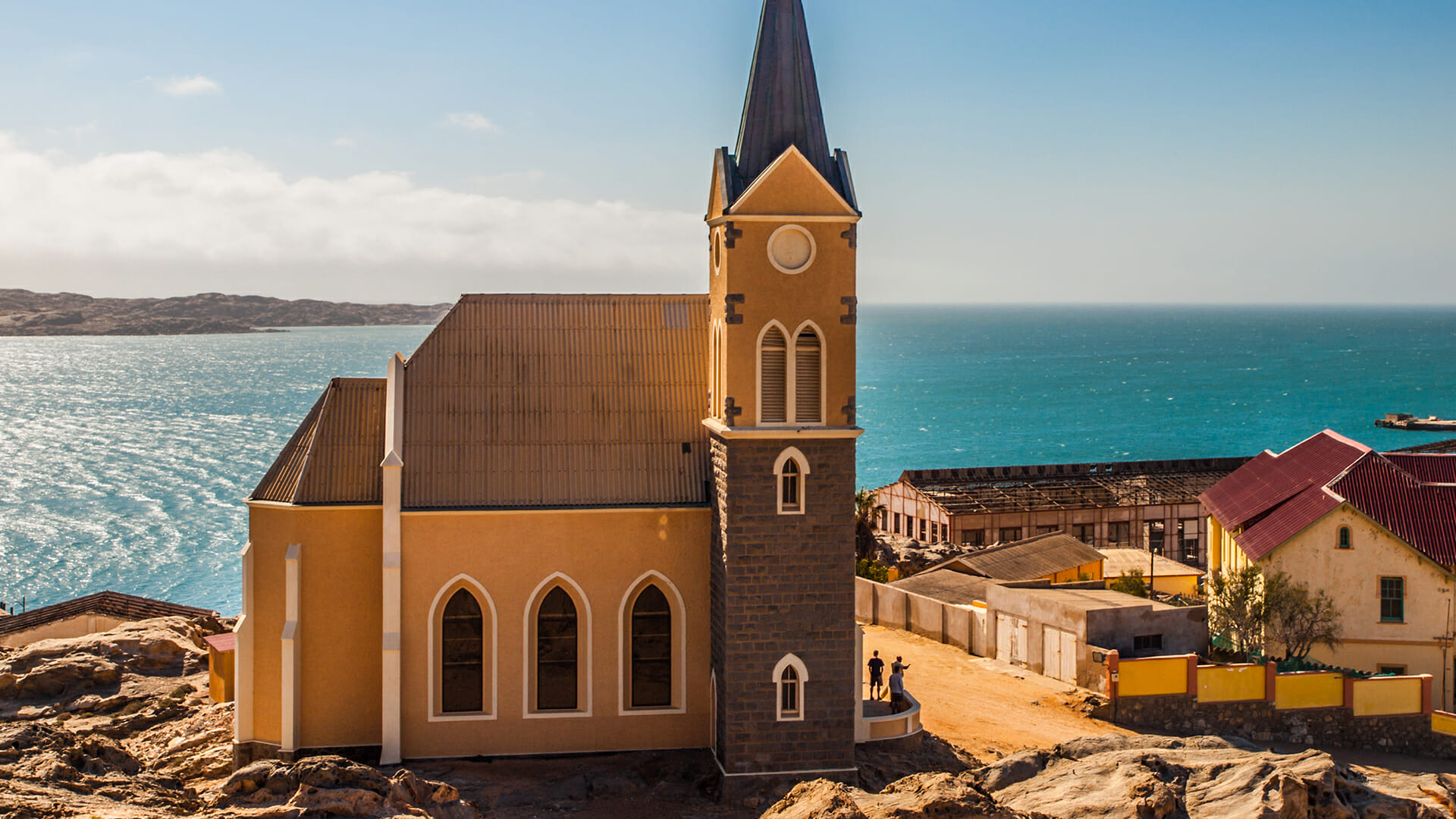
Lüderitz itself is a small town with quirky appeal, while Elizabeth Bay, further south, is home to the Brown Hyena Research Project. In another example of sustainability and diamonds going hand in hand in the area, this project, which focuses on a near-threatened species, is funded by Namdeb, a joint venture between the government of Namibia and the De Beers Group.
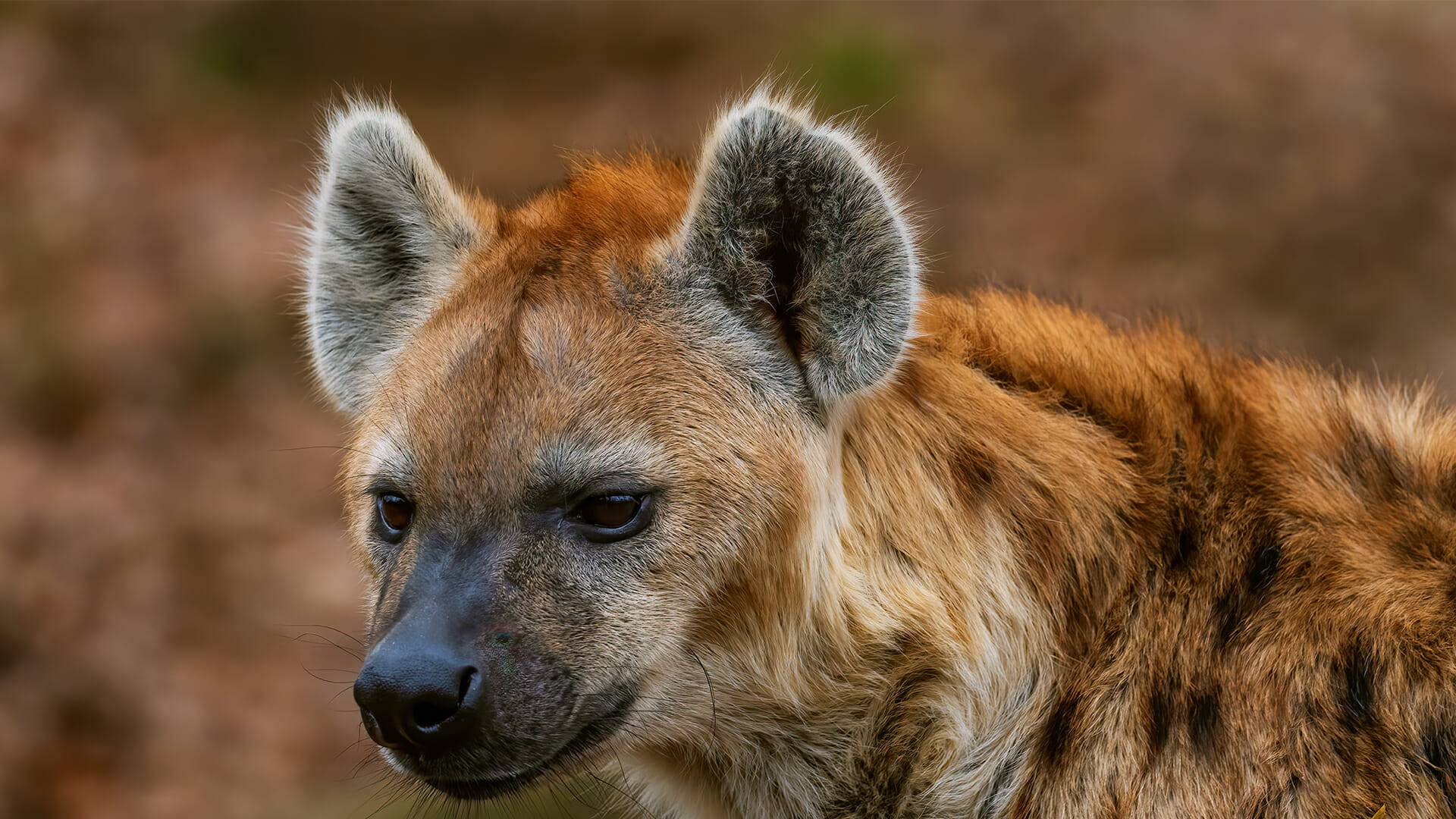
The brown hyena isn’t the only rare species receiving much-needed assistance from the natural diamond industry in Namibia. The Debmarine-Namdeb Foundation also offers financial support to Save the Rhino Trust Namibia, which empowers rangers and local communities to monitor and protect black rhinos against poaching – helping ensure these critically endangered animals will be around for generations to come.
Top travel tips for visiting Namibia
Best Time to Visit Namibia
Consistently hot, sunny and dry, Namibia is an all-year destination. The most popular months are July to October, when daytime temperatures are a manageable 68–77°F/20–25°C. It almost never rains at this time of year, and wild animals congregate near the the waterholes, which makes them easier to spot.
Where You Should Stay While Visiting Namibia
Namibia has some of southern Africa’s most appealing public campsites, set in prime hiking or wildlife-watching country. It’s also one of the continent’s luxury ecotourism pioneers, with supremely stylish safari camps and lodges, some of which are owned and managed by local communities. Typically built from natural materials to an eco-friendly design, they blend beautifully and sustainably into their wilderness surroundings.
Shipwreck Lodge, which opened on the Skeleton Coast in 2018, stands out both for its avant-garde design (the clue is in the name) and for its boldness in offering a luxury wilderness experience in one of Namibia’s harshest and most remote desert habitats.
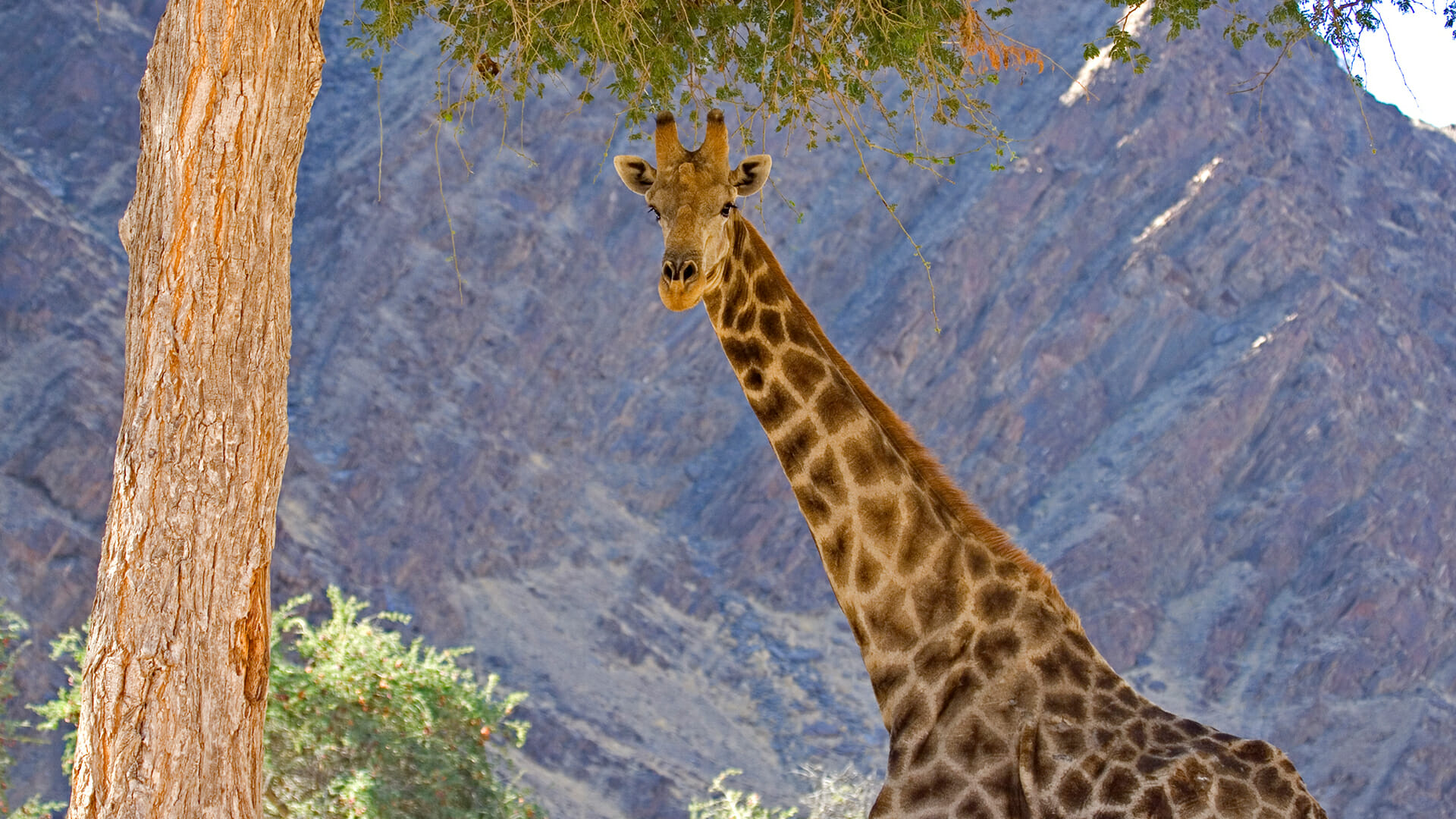
While Namibia’s best safari lodges all offer superb wildlife-watching, Ongava Lodge and Little Ongava are particularly hard to beat. Set in a peaceful private reserve adjoining Etosha National Park, they’re staffed by expert guides who will help you find everything from elephants to beetles.
